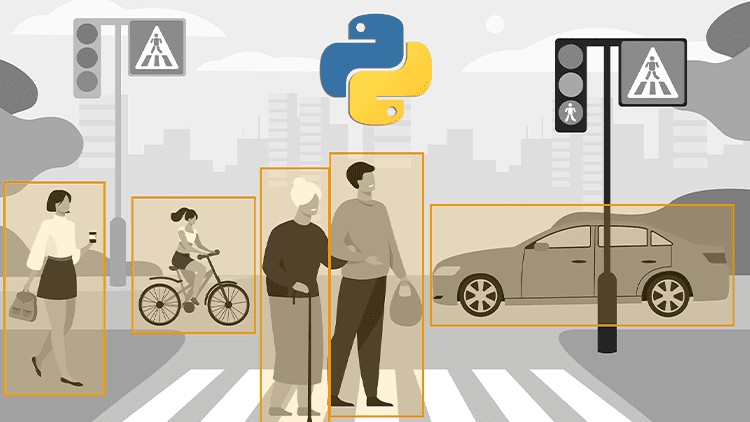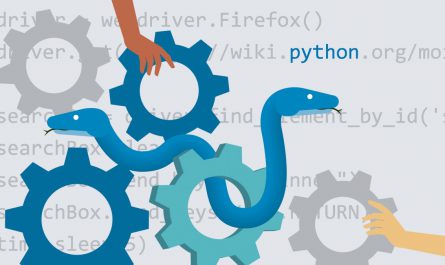
Description
Motion detection is a sub-area of Computer Vision that aims to identify motion in videos or in real time. This type of application can be very useful, especially for security systems, in which it is necessary to detect suspicious movements such as a thief trying to enter the house. There are several other applications, such as: traffic analysis on highways, people detection/counting, animal tracking, cyclist counting, among others. A traffic control system can use these techniques to identify the number of cars and trucks that pass through the highway daily and at certain times, so then it is possible to carry out a road maintenance plan.
In this course you will learn in practice how to use background subtraction algorithms to detect movements in videos, all step by step and using Python programming language! Check out the main topics you are going to learn, as well as the hands-on projects:
- Basic theoretical intuition about the following background subtraction algorithms: Temporal Median Filter, MOG (Mixture of Gaussians), GMG (Godbehere, Matsukawa and Goldbert), KNN (K Nearest Neighbors) and CNT (Count)
- Comparison of quality and performance of each algorithm
- Practical project 1: motion detector to monitor environments
- Practical project 2: social distancing detector to identify possible crowds of people
- Practical project 3: car and truck counter on highways
At the end of the course, you will be able to create your own motion detection projects!
Who this course is for:
- People interested in implementing motion detectors or object counters
- Undergraduate and postgraduate students studying Computer Graphics, Digital Image Processing or Artificial Intelligence
- Data Scientists who want to increase their knowledge in Computer Vision
Requirements
- Programming logic
- Basic Python programming
Last Updated 3/2023
Download Links
Direct Download
Motion Detection using Python and OpenCV.zip (2.7 GB) | Mirror


